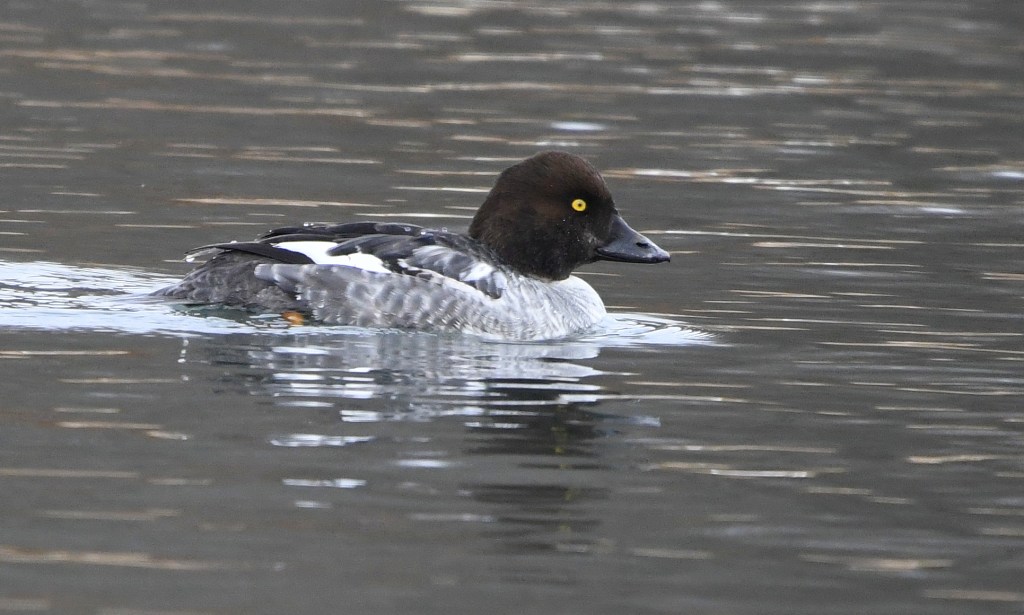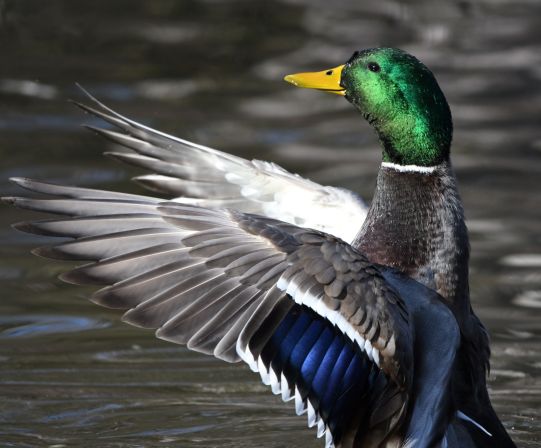January 25, 2023
A friend of mine, Jen Herro, recently posted her first blog, A Carpenter’s Garden, and it struck a chord with me. She is a watercolor artist with a passion for the natural world. Our lives first became entwined when Jen asked if she could use one of the photographs I had posted on The Naturalist’s Notebook Facebook page as a reference piece for one of her paintings. We have never met in person, but through our shared passion for nature and art, it feels as if we’ve been friends forever.


In her introductory post, Jen tells about how her love for the outdoors began in childhood while visiting her grandparents’ cabin in the big north woods of Minnesota. Her grandfather, a naturalist, taught her how to “appreciate the wildness of the land,” how to paddle a canoe, start a campfire and make baked beans in a pot buried in the ground. It sounded like an idyllic childhood, and it made me wonder where my own love for the outdoors had come from.

I didn’t have a grandfather who taught me how to canoe or build campfires, but I did have a dad who took me fishing. He was also the person who gently told my mother to “let her be” when I wanted to climb trees, play baseball, and wear blue jeans. Her preference would have been to see me in dresses, playing with dolls, and not running amok through puddles!

My parents did make one grand and loving attempt at giving my brother and I outdoor experiences, though, by taking us camping.
We left home on a hot and humid summer day during the biggest mosquito convention ever, and drove ‘up north’ to find a campsite, pitch a tent, and spend a fun weekend away from home! Mother Nature had other plans. She wanted rain, lots of rain–so much rain that our borrowed tent leaked like a sieve. We were miserable.


I don’t remember going on any nature hikes that weekend, roasting marshmallows, or fishing with my dad, but I do remember slogging through the rain and mud with my nature-weary mother at 2:00 in the morning hoping to find an outhouse! That’s what stayed with me all these years, the rain and the outhouse! It wasn’t the camping experience any of us had hoped for, but it was, nonetheless, memorable!




So, it’s probably safe to say that my love of the outdoors didn’t come from my parents or even my grandparents, at least not in the way that it did for Jen.
What I had was the joy of growing up during the 1950s, when we spent our summer days playing outside with friends, climbing trees, catching bugs, looking for snakes, and exploring the nearby woods. We didn’t have cell phones or iPads to keep us entertained; we barely had a television! What we did have was each other, and the wide-open spaces of our neighborhood, and the nearby parks. The true origins of my interest in Mother Nature remains a mystery, but the freedom I had as a kid to spend all day exploring and interacting with her, kept the love alive.





As an adult, I’ve mostly chosen outdoor adventure vacations, rather than leisurely indoor ones. My husband and I have hiked in Scotland, England and Wales, and have backpacked more than a thousand miles on the Appalachian Trail. We’ve also enjoyed a good deal of biking, canoeing, and kayaking along the way. But it wasn’t until I took up photography a few years ago, that the natural world really opened up for me. I found birds I’d never seen before, took close-ups of butterflies I’d only known from a distance, and examined the details of a thousand little dragonflies that only a good camera and a long lens could afford me.




It doesn’t really matter where my love of nature ultimately came from, whether it was a father who took me fishing, or a mother who just let me be, I have reaped its benefits my entire life. The countless hours I have spent outdoors have always brought me joy; being able to photograph what I love has been an unexpected bonus!



























































































